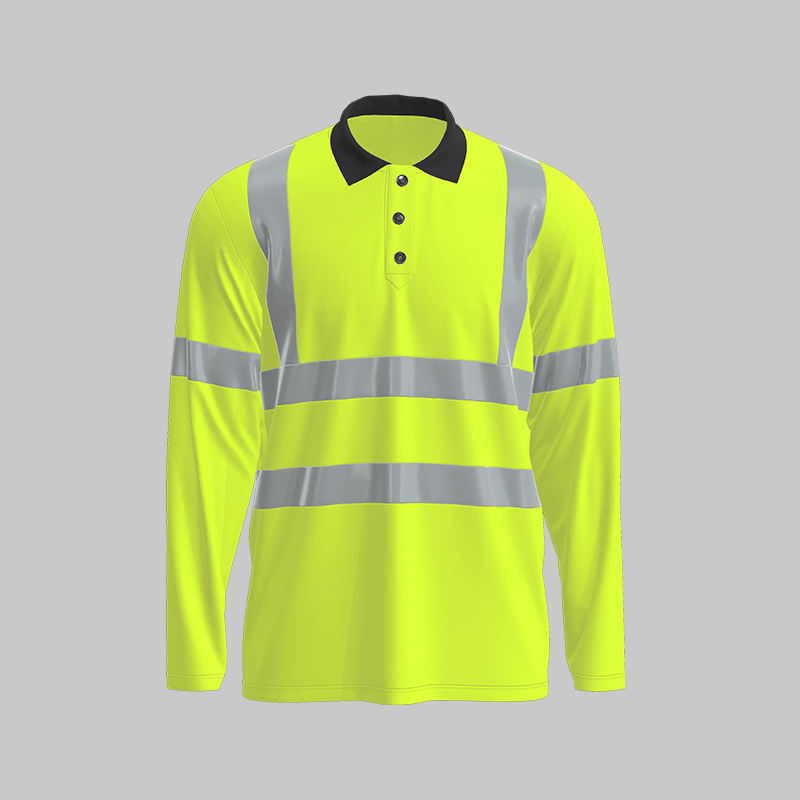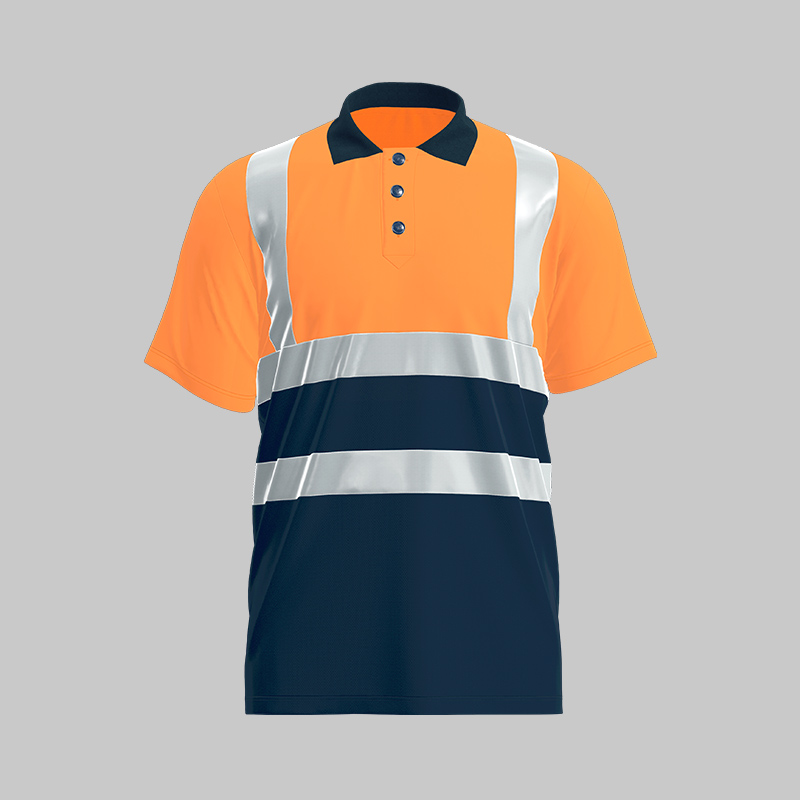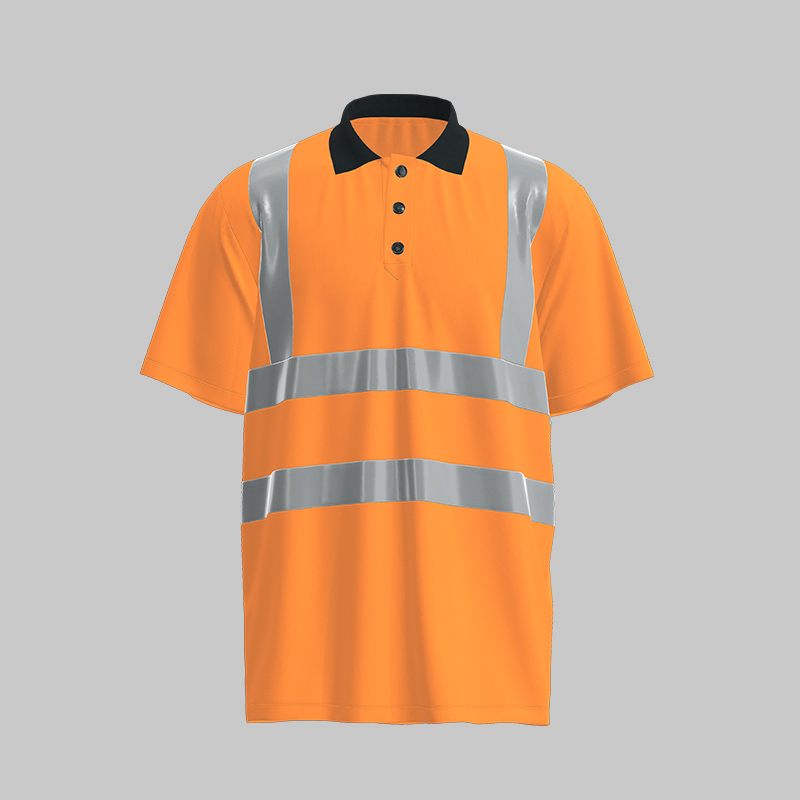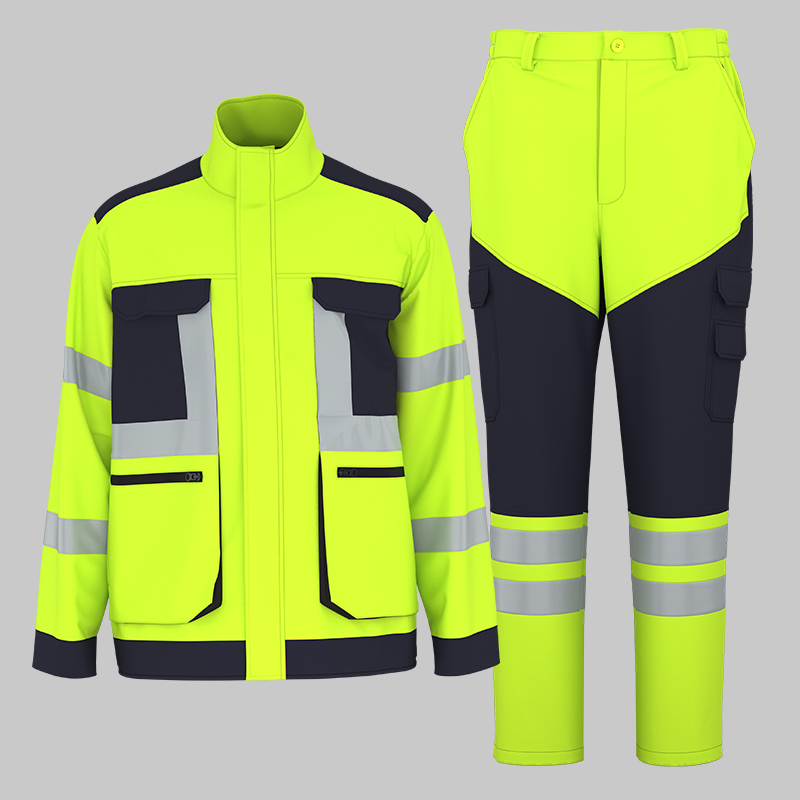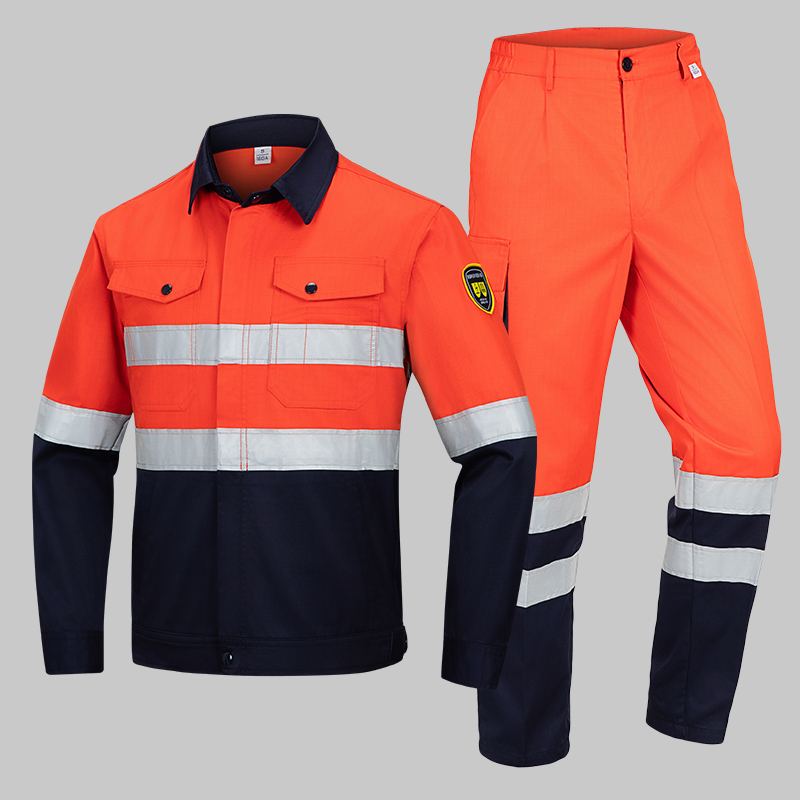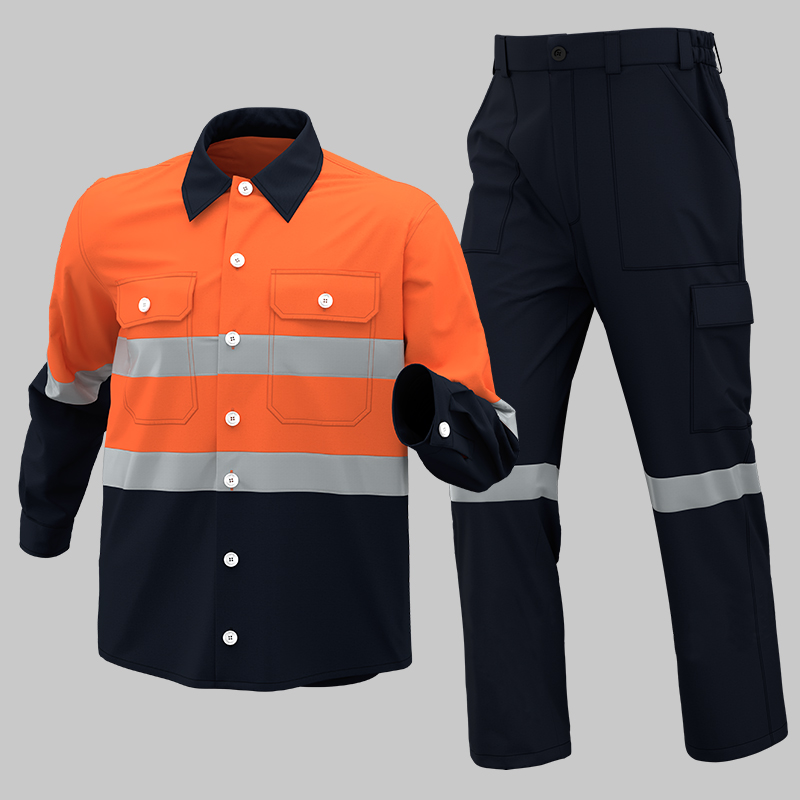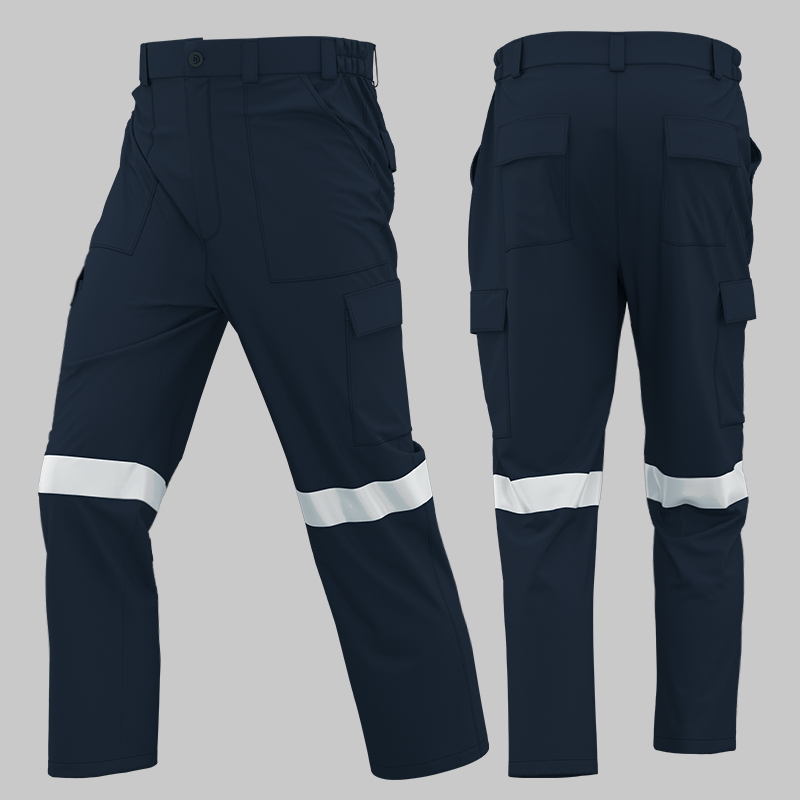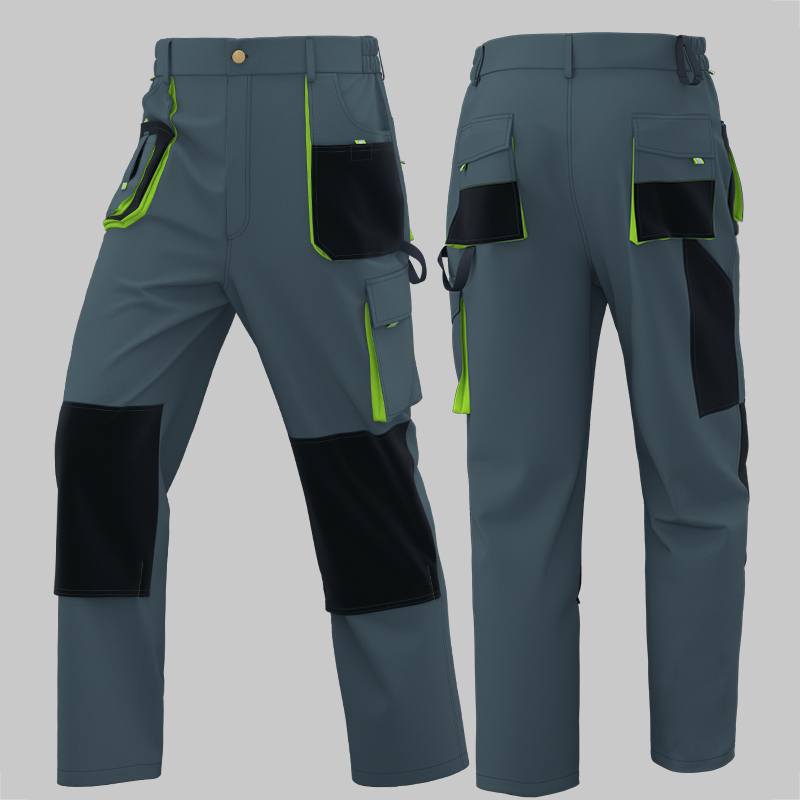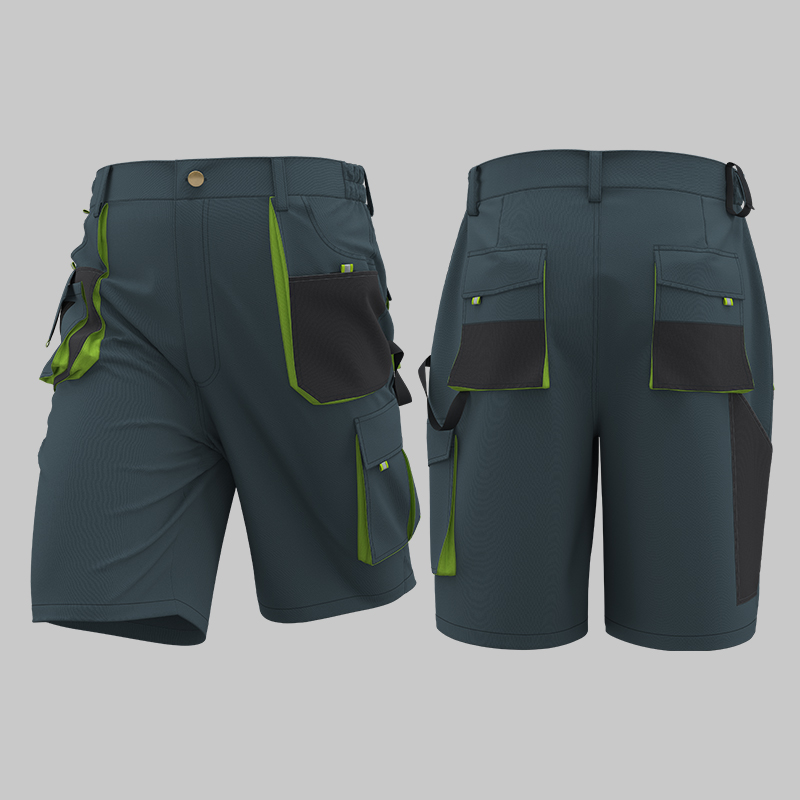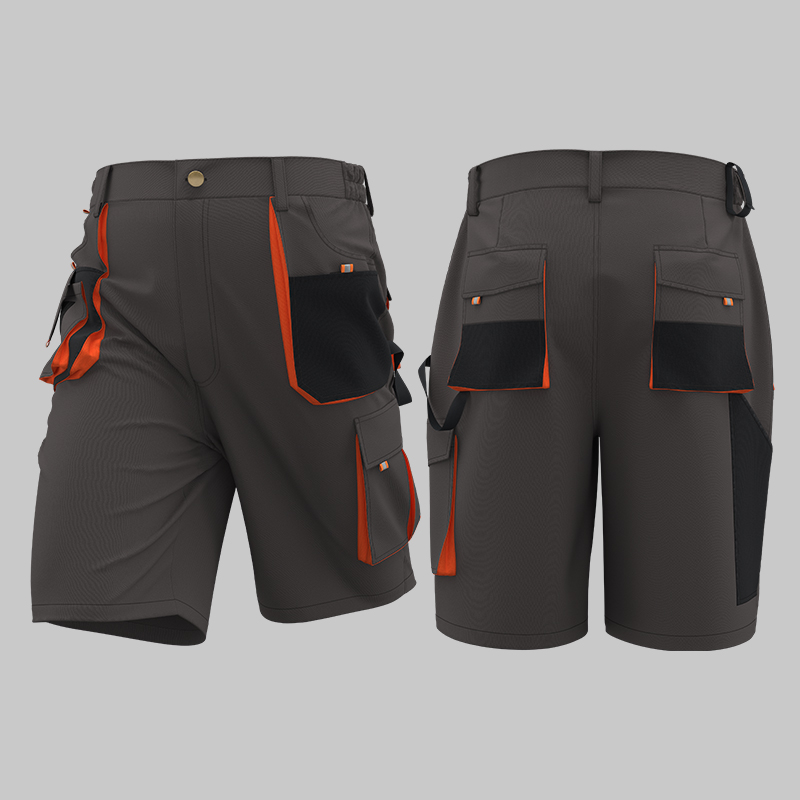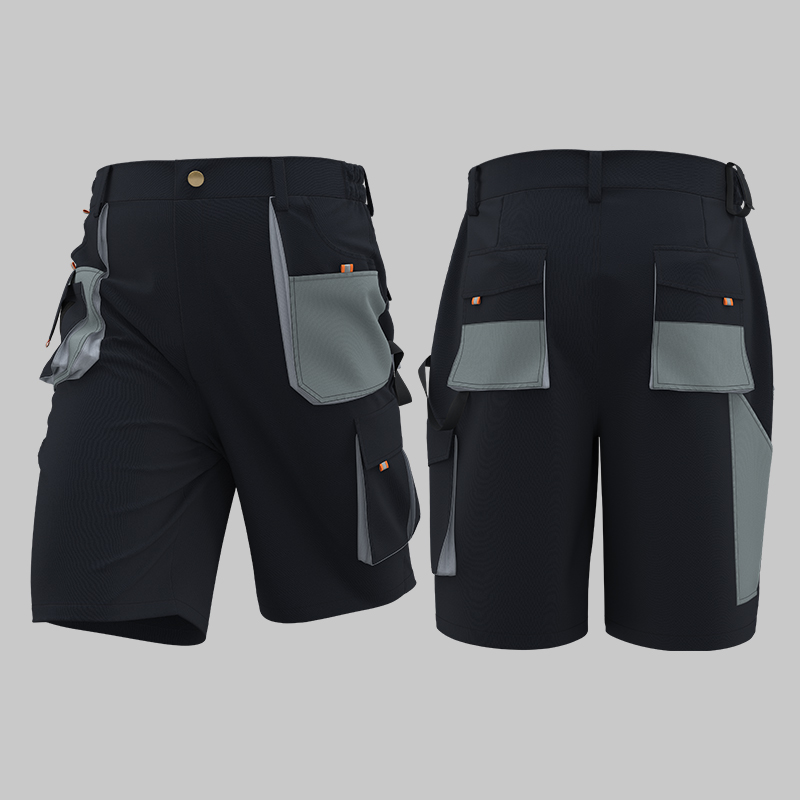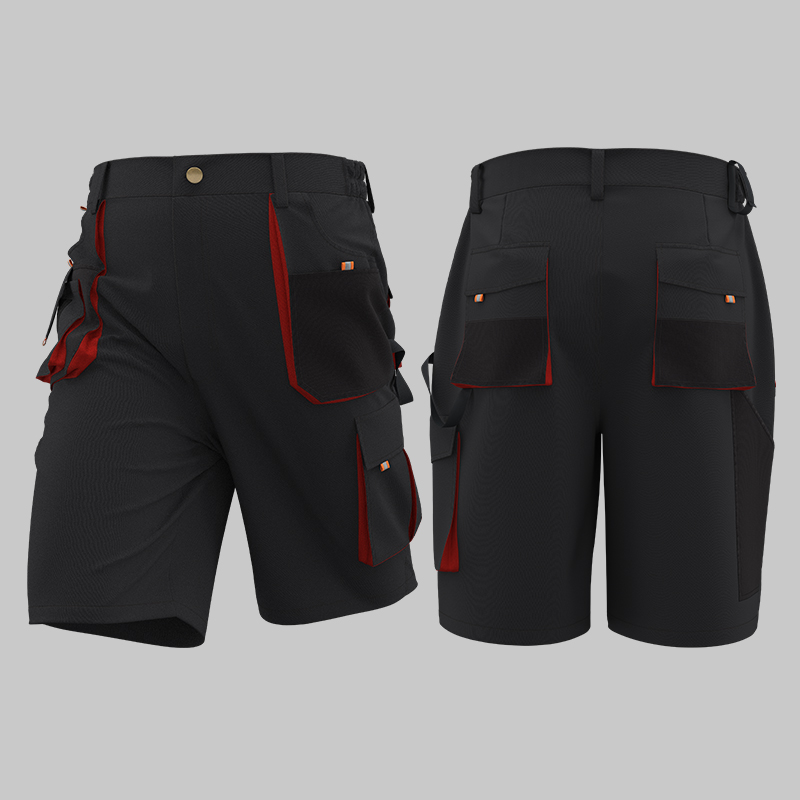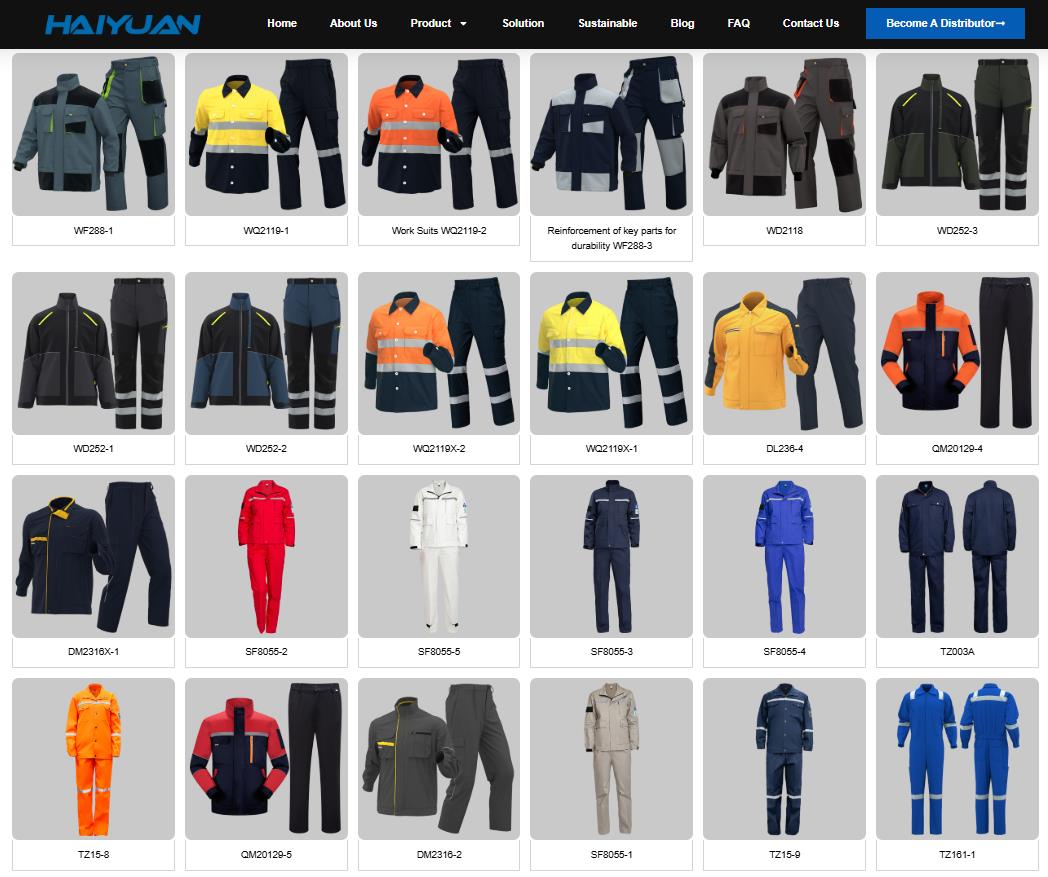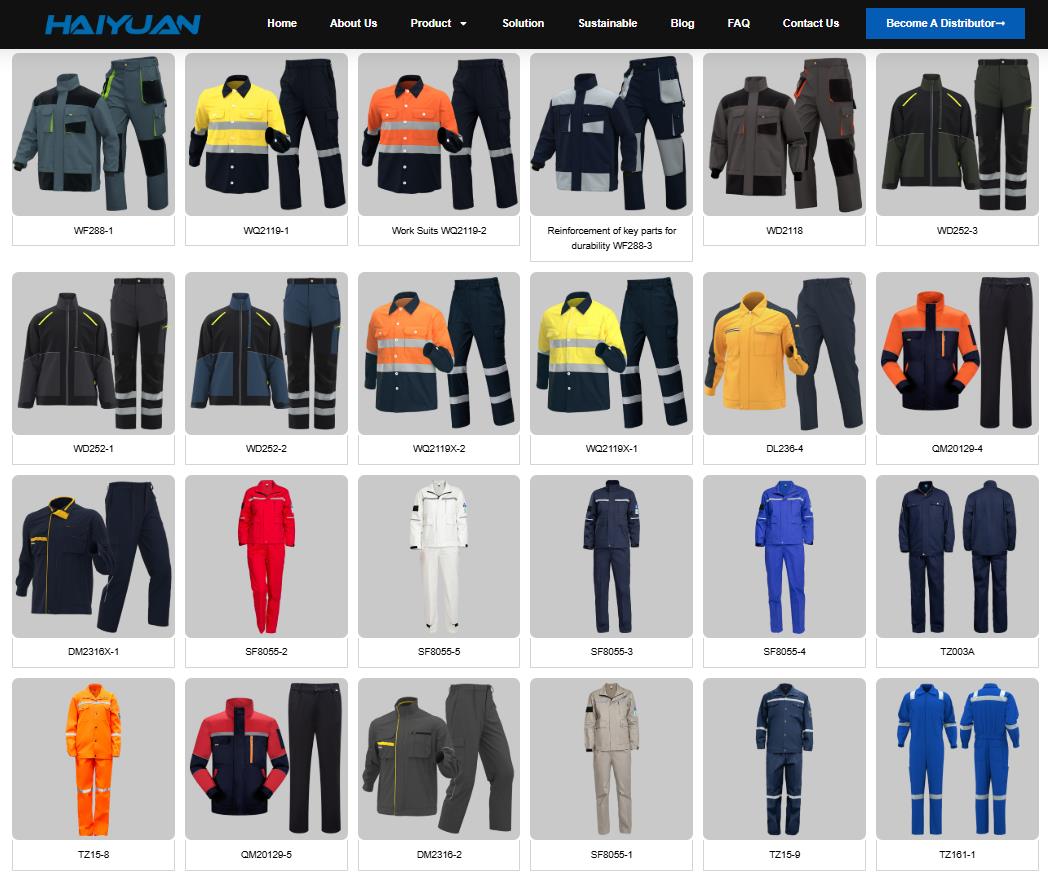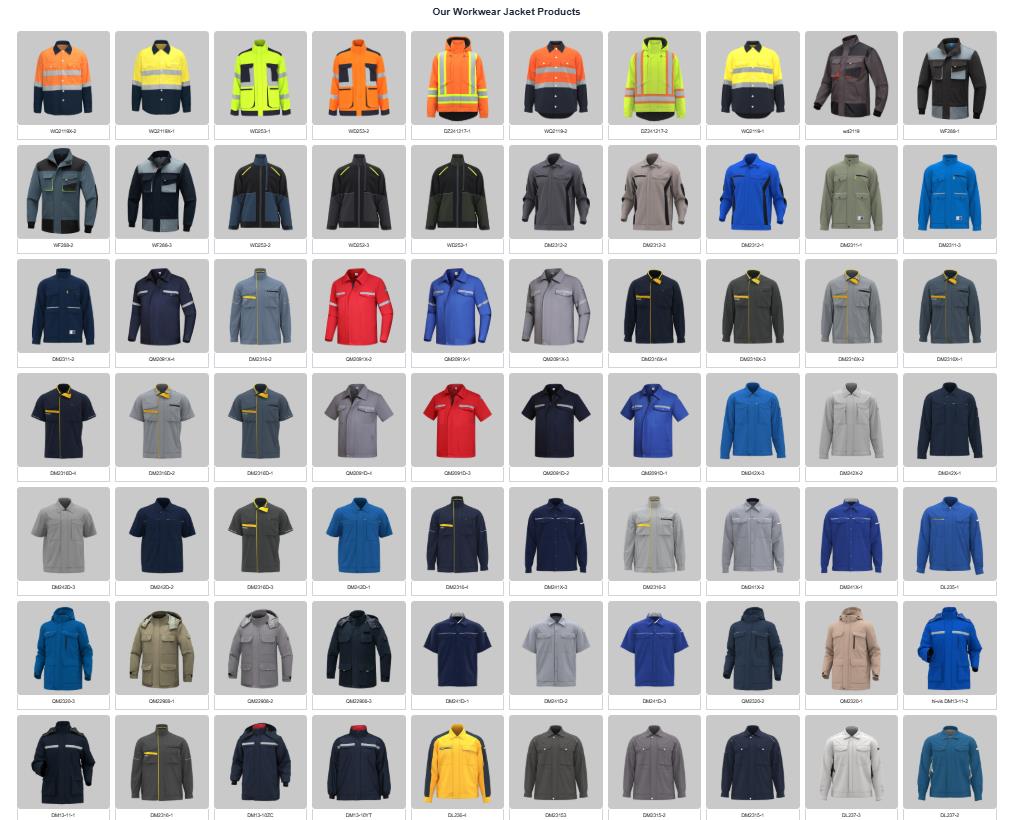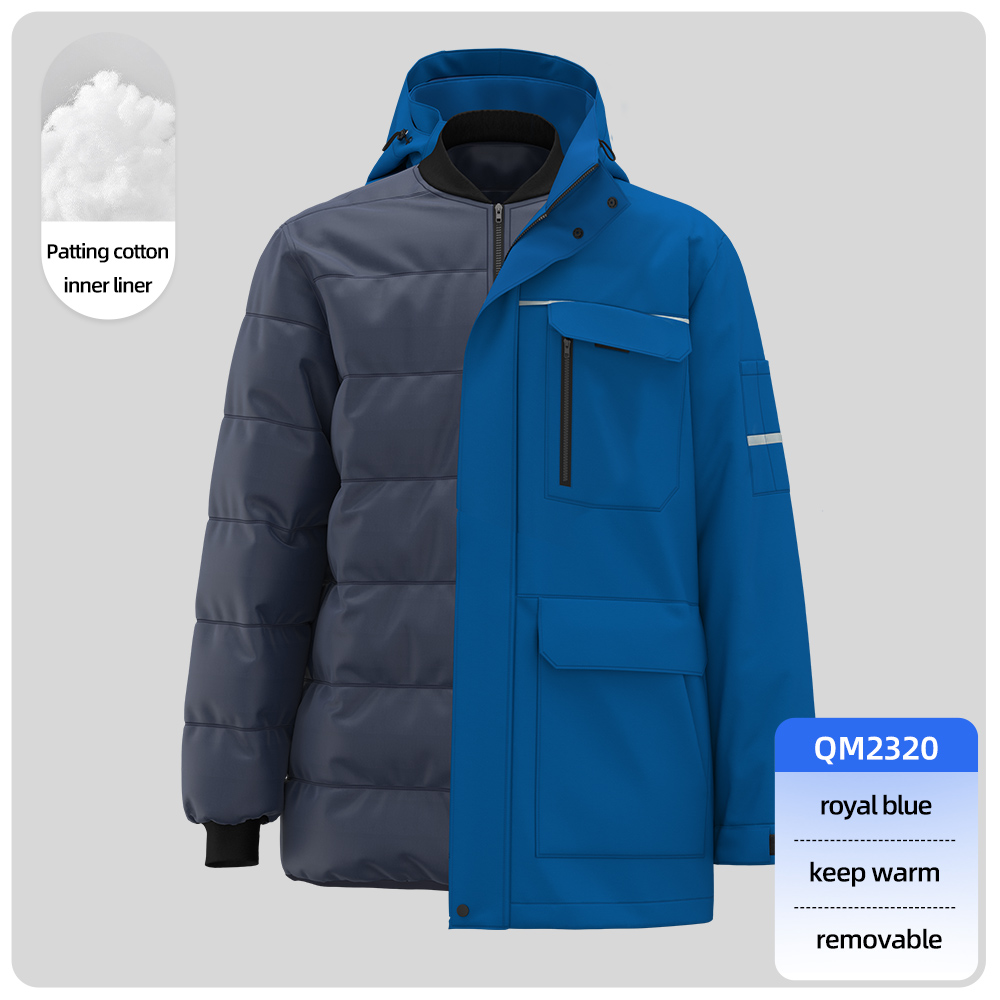For logistics industry workwear, functionality, safety, durability, and comfort are key. The ideal style depends on your specific role (warehouse, driving, office, or hybrid). Here’s a breakdown:
🛠️ 1. Core Principles for All Roles:
-
Durability: Heavy-duty fabrics (cotton blends, ripstop polyester) withstand abrasion, packing, and machinery.
-
Safety: High-visibility elements (reflective strips) for warehouse/driving roles; closed-toe shoes always.
-
Comfort: Flexible fabrics for bending/lifting; breathable materials for active roles.
-
Practicality: Functional pockets (secure zippers/buttons) for tools, scanners, or documents.
-
Professionalism: Neat, clean appearance (even uniforms should fit well).
👕 2. Clothing Styles by Role:
| Role | Top Wear | Bottom Wear | Footwear | Key Features |
|---|---|---|---|---|
| Warehouse Staff | Hi-vis polo shirts/t-shirts, durable button-ups, sweatshirts | Cargo pants, durable work trousers (reinforced knees), shorts (weather permitting) | Safety boots/shoes (steel/composite toe, slip-resistant soles) | Hi-vis colors (orange/yellow), reinforced stitching, stretch panels |
| Drivers | Hi-vis jackets/vests, weatherproof layers, breathable polo shirts | Flexible work trousers, durable jeans (if allowed) | Slip-resistant shoes/boots, weatherproof options | Reflective strips, wind/rain resistance, easy movement for loading/unloading |
| Office/Hybrid | Polo shirts (branded), smart casual button-downs, sweaters | Chinos, dark jeans (no rips), tailored trousers | Clean sneakers, loafers, or smart shoes (no open toes) | Professional yet practical, easy to transition to warehouse if needed |
| Supervisors | Collared shirts (polo/button-down), branded jackets | Tailored work trousers or dark jeans | Polished leather shoes or smart boots | Authority + approachability; may blend office/warehouse styles |
🧤 3. Essential Add-ons & Tips:
-
Layering: Temperature-controlled warehouses require thermal base layers or cooling vests.
-
Weather Protection: Waterproof jackets, insulated coats, or breathable rain gear for outdoor tasks.
-
Safety Gear: Reinforced gloves, hard hats, or safety glasses as required.
-
Footwear: Never compromise—non-slip, puncture-resistant soles and toe protection are mandatory for floor staff.
-
Fabrics: Opt for moisture-wicking, anti-static, or flame-resistant materials if needed.
-
Branding: Company logos on shirts/jackets enhance team identity.
🚫 What to Avoid:
-
Loose sleeves/jewelry (entanglement risk).
-
Open-toed shoes, sandals, or worn-out sneakers.
-
Thin fabrics that tear easily (e.g., fast-fashion polyester).
-
Excessive accessories or clothing that restricts movement.
💡 Pro Tip:
Many companies provide uniforms tailored to safety standards—check your employer’s policy first. If choosing your own gear, prioritize ANSI-certified hi-vis gear and OSHA-compliant footwear. For office roles, “smart casual” with functional touches (stretch fabrics, stain resistance) strikes the right balance.
Logistics workwear bridges safety and efficiency—dressing right protects you and boosts productivity! 🚚💨


